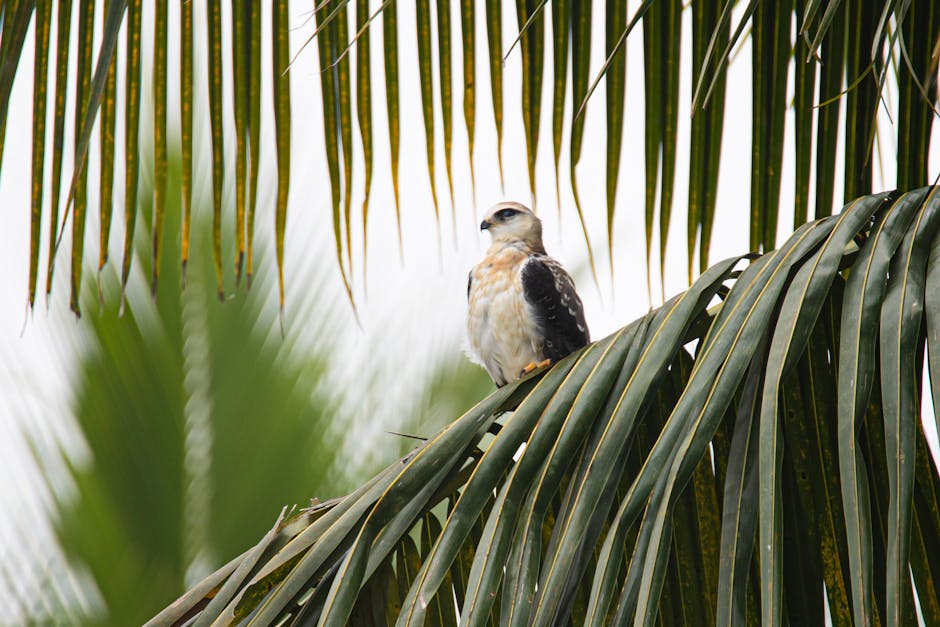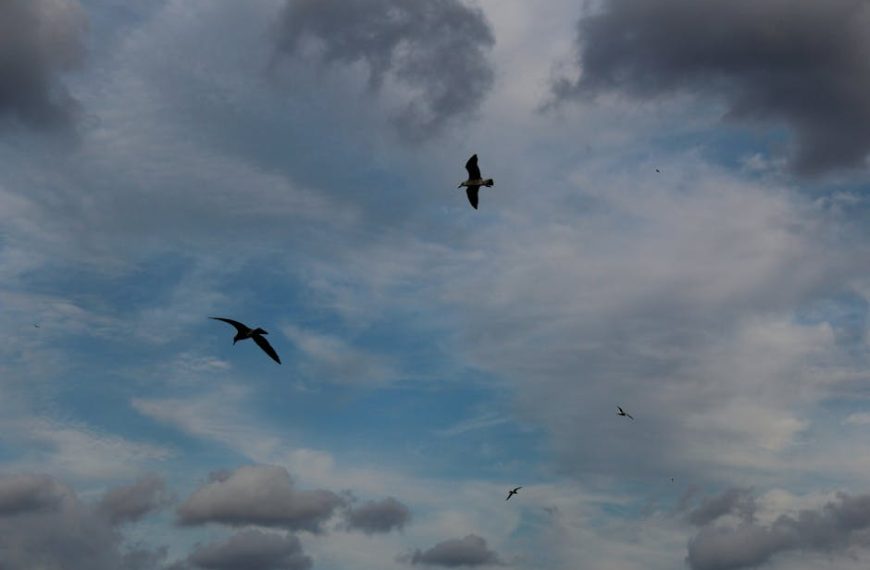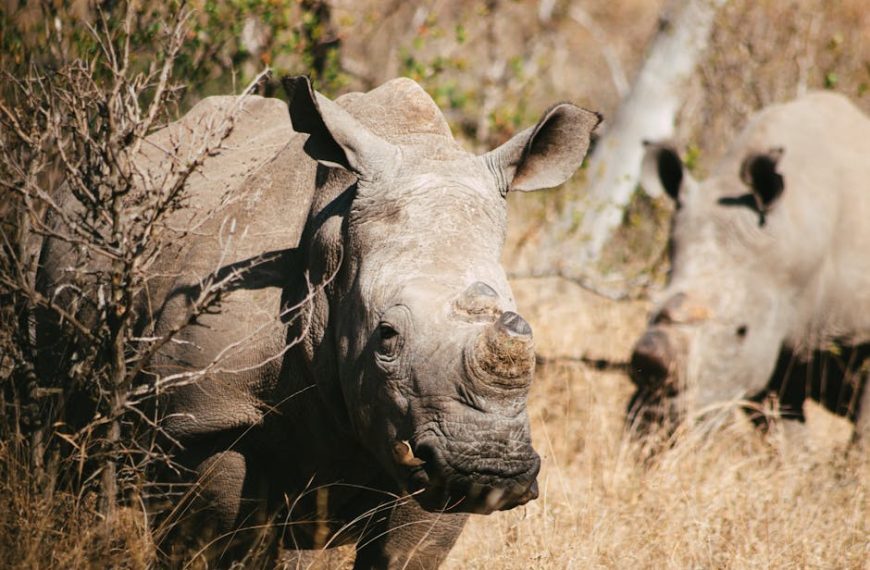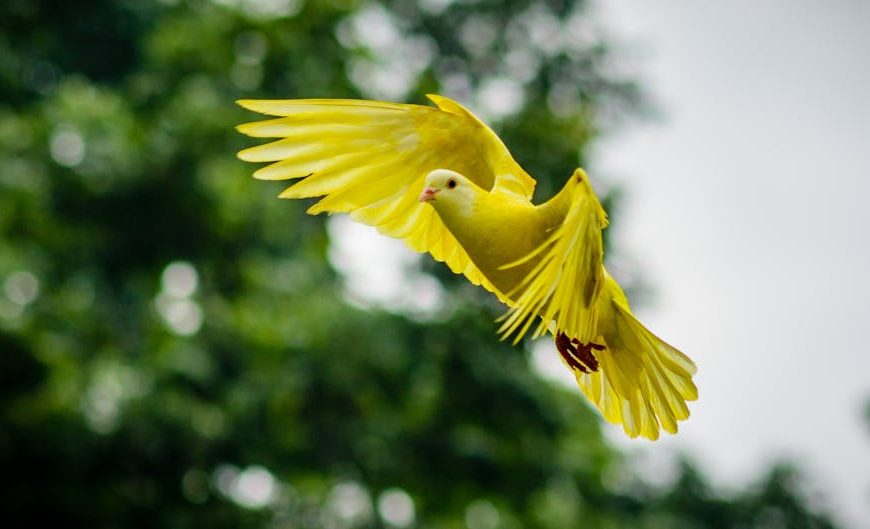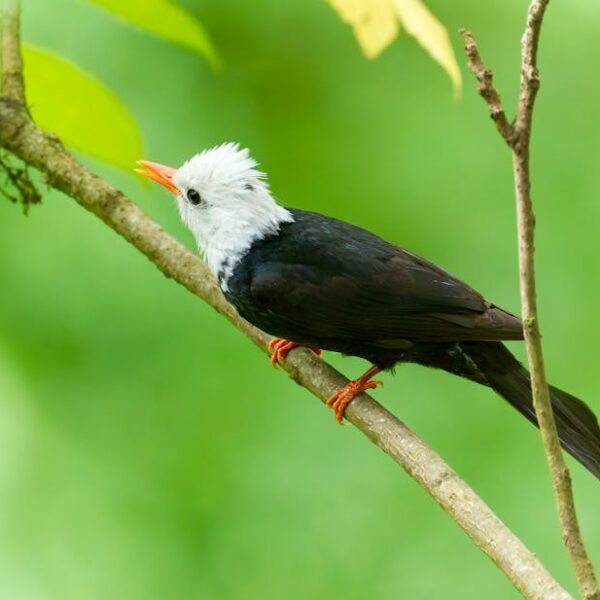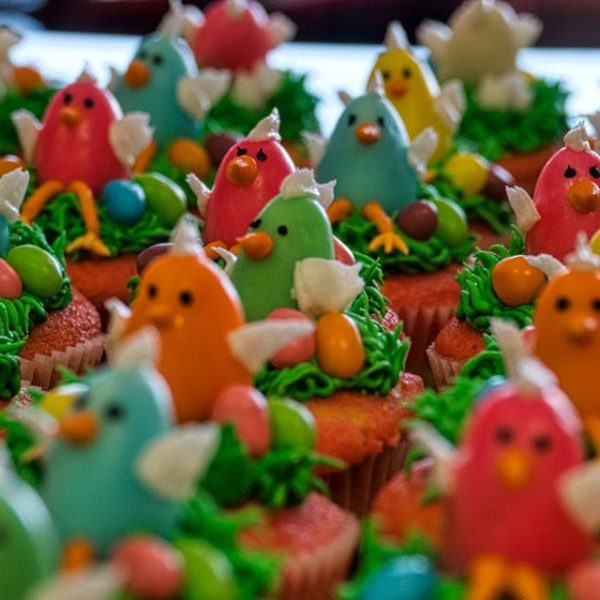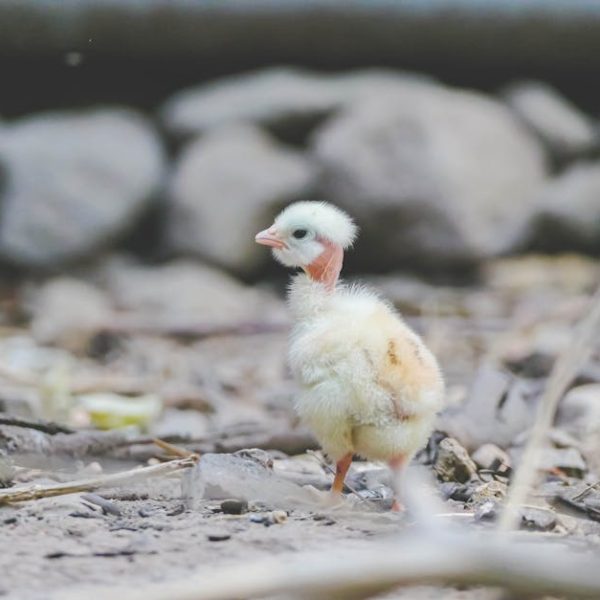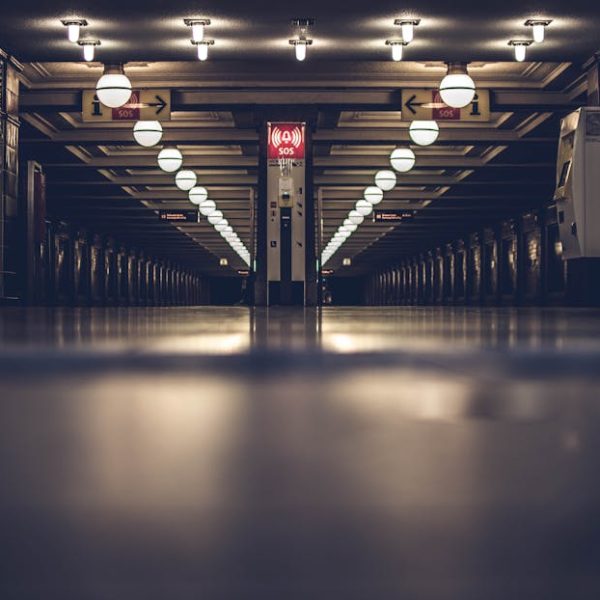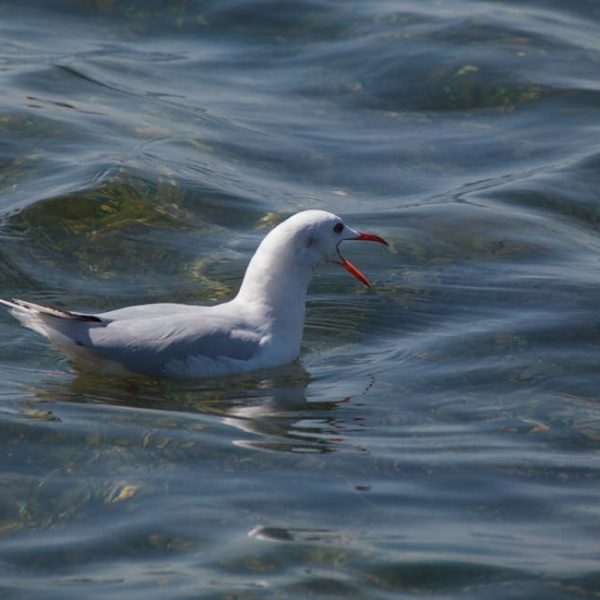Have you ever stopped to wonder where all the birds go when the sun sets? While it’s a question that might have fleetingly crossed your mind, it dives into a rather intriguing aspect of bird behavior: roosting. This practice largely involves selecting suitable spots for resting and sleeping. In the simpler interpretation, roosting is the equivalent of our bedtime routine and it plays a crucial role in bird survival.
Bird behavior is a fascinating field, with distinctive characteristics that differentiate species. One such standout trait is their preferred time of activity, with most birds choosing daylight hours to feed, socialize, and mate. It’s relatively safer, primarily due to the absence of nocturnal predators, and visibility is excellent for spotting food and water sources. So, when sunlight gives way to twilight, our feathered friends retreat to roost.
Understanding Bird Behavior and the Concept of Roosting
Each bird species has a unique pattern and schedule, including how they advantageously use the night. Predominantly, birds are diurnal – active during the day and stationary at night. But why is this pattern maintained across various species? Safety is the main reason – nighttime roosting places birds out of the reach of many predators, reducing the risk of becoming a midnight snack for more nocturnal creatures.
The Process of Roosting: How Birds Rest and Sleep
Roosting can occur in a variety of locations, with birds perched on branches, tucked in tree cavities, nestled in dense undergrowth, or even hiding in man-made structures like barns and eaves. Some birds may sleep alone, or solo rooster, while others find safety in numbers, opting to roost communally with hundreds or even thousands of their species.
Notably, birds sleep differently than humans. They engage in what’s termed as ‘unihemispheric slow-wave sleep’. To protect themselves from nocturnal predators, many birds can sleep with one eye open while the other eye and half of their brain stay alert.
Sleep is as important to birds as it is to us. It aids their survival through restoration and rejuvenation, ensuring they are fit for the next day’s activities.
The Habitats: Places Where Birds Sleep at Night
The chosen roosting spot depends largely on the species and the availability of safe and comfortable spaces. Some bird species prefer bashfulness for the night, retreating to secluded spaces free from disturbance. Other birds roost and sleep collectively in large colonies for added protection against predators.
Certain birds that nest at ground level, like quails and pheasants, create protective covers or domed nests using grasses and leaves. This camouflages their sleeping site, offering them precious privacy and protection.
Roosting spots aren’t random choices — they’re determined by highly specific factors, including safety from threats, exposure to elements, and proximity to foraging sites. The more secure a site, the greater the number of these winged beauties calling it a night there.
Migratory Birds: Adapting Night Time in Long-Distance Travel
Not all birds spend their nights roosting. For migratory birds, the cover of darkness offers the best timeframe to traverse long distances. The cool night air is more efficient for flying, predatory threats are largely reduced, and navigational guidance is provided by the moon and the stars. These factors combined make nighttime a preferred migratory period.
Flying through the night, these birds simultaneously rest and recuperate during the day, prepared to embark on their lengthy journey when dusk falls once more. Therefore, if you’ve ever wondered about the mysterious disappearance of certain bird species post twilight, they’re likely winging their way to warmer territories!
Urban versus Wild Birds: How Environment Affects Roosting
Where birds sleep at night can also be significantly influenced by their environment. Birds in urban areas have adapted to the city’s incessant noise, light, and activities, often choosing to roost in city trees, buildings, and even traffic lights.
In contrast, wild birds in their natural habitats have a wider array of roosting spots, from the secluded comfort of tree cavities to dense undergrowth. They’re not only sheltered from the elements but also from potential predators.
However, as with most elements of wildlife, human activity can significantly impact birds’ roosting practices. Light pollution, specifically, can alter their sleep and migratory habits, disrupting their internal clocks and confusing their star-based navigation systems. This highlights the importance of mindful human practices to preserve these fascinating behaviors and patterns.
| Urban Birds | Wild Birds | |
|---|---|---|
| Roosting Spots | Trees, buildings, traffic lights | Tree cavities, dense undergrowth, marshlands |
| Challenges | Noise and light pollution | Predators and weather extremes |
| Impact of Human Activity | Disruption of sleep patterns, migratory confusion | Habitat destruction, overhunting |
Key Takeaways
- Roosting is a complex bird process, varying by species, designed for safety, rest and rejuvenation.
- Birds can sleep with one eye open and half their brain awake, a phenomenon known as ‘unihemispheric slow-wave sleep’.
- Roosting spots significantly depend on safety and comfort, encompassing a range of locations, from tree branches to man-made structures.
- Migratory birds often travel at night, capitalizing on lower temperatures, reduced predatory threats and celestial navigation cues.
- Urban and wild birds exhibit different roosting habits, with each confronting unique challenges and impacts from human activity.
Pro Tip: Next time you see a bird during the daytime, consider its complex nighttime routine and how it manages to balance risk, restoration and routine to thrive in a constantly changing environment. By understanding and respecting their behaviours, we can take efforts towards the protection and conservation of these magnificent creatures.
FAQs
Q: What does ‘unihemispheric slow-wave sleep’ mean?
A: Unihemispheric slow-wave sleep refers to the unique sleep pattern in birds, where one half of their brain remains active while the other half and one eye rest. This allows birds to stay alert for potential dangers while still getting the rest they need.
Q: How does light pollution affect birds’ sleep and migration habits?
A: Light pollution can disturb birds’ internal clocks and mislead their navigation systems, leading to changes in sleeping patterns and challenging their migratory routes. The amount of nighttime artificial light from human activities can confuse birds, leading to harmful consequences such as disorientation and exhaustion.
Q: How do birds sleep while migrating?
A: Migratory birds primarily rest during the day. Then, they use the night to travel, taking advantage of cooler temperatures, reduced predatory threats, and celestial navigation cues. This allows them to recuperate energy for their lengthy journey.
Q: Why do some birds sleep in groups?
A: Many birds sleep in groups or colonies, known as communal roosting, for added protection against predators. When many eyes and ears are alert for danger, the chances of an individual bird being caught by a predator significantly decrease.
Q: How do urban birds adapt to the city’s noise and light?
A: Urban birds have adapted to sleep amid city noise and light. They have learnt to sleep in city trees, buildings, and even around traffic lights despite the constant hustle and bustle. However, constant light and noise pollution can also disrupt their sleep and migratory patterns.
Continue to explore this exciting world of birds around us. Share the article with your friends who’d be intrigued to know ‘Where do all the birds go at night?’ and check out our other posts on similar topics!
